Home energy efficiency is both a journey and an objective. The objective is as simple as going Green. You optimize the resources of your home while saving money. Those savings are part of the journey.
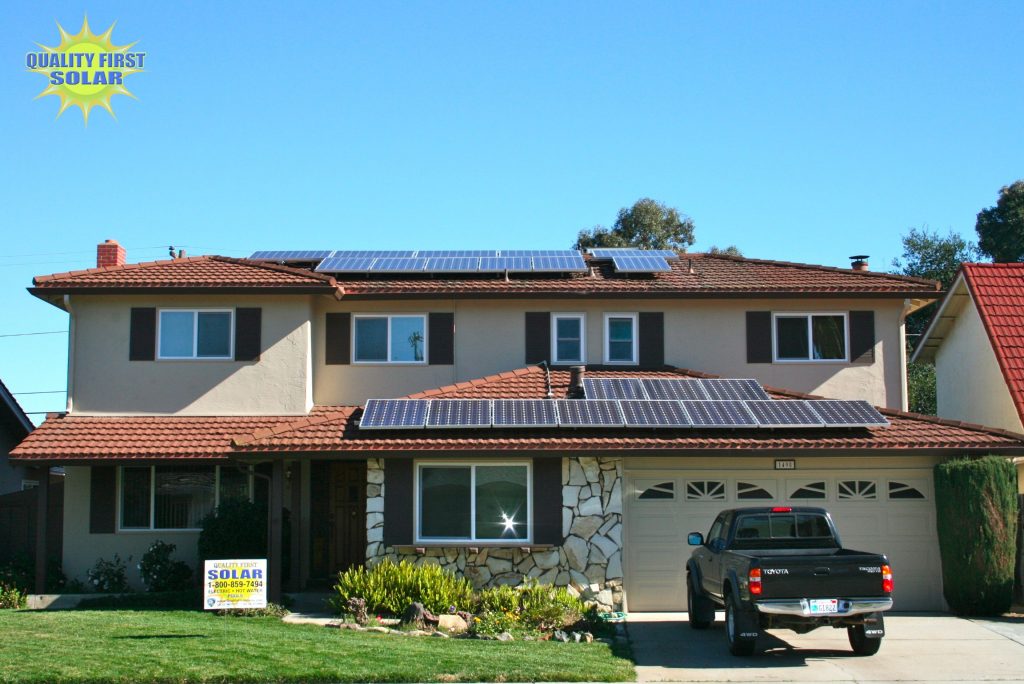
Green living is smart living. Truly, the journey is never ending. There are steps you can take today to achieve greater resource efficiency in your home. It’s important to remember that energy efficiency is for everyone and not just those with ‘best practices’ in mind, or those who can afford the right technology.
Think strategy
We list 15 green home improvements or major renovation projects popular today. More importantly, these are considerations for truly increasing your home’s energy efficiency and reducing its environmental footprint.
A Few Things First

There is one tip we cannot ignore. A Home Energy Audit is the first step of our journey. This puts the strategy in proper perspective for you. Usually, a non-profit or professional specialist comes to your home, and spends 2 to 4 hours assessing your energy consumption, evaluates all issues contributing to your home’s energy loss and recommends steps to achieve greater efficiency. They are a great third party resource that curtails all possible steps you might take to your home’s specific needs. They too can provide tips for you to integrate into your daily living.
Additionally, it helps to understand your home’s structure as a thermal envelope. The envelope is all that shields your house from the outer elements and keeps energy within your walls, windows, doors, etc.
So, the first consideration is to seal the gaps. Wherever the envelop is leaking energy, that needs to be addressed. That’s what the Home Auditor will be looking for.
Next, you address the resources of your home producing energy. Assessing condition of existing technology in the home shifts focus to greater efficiency.
Upgrades are likely needed in some cases, and we’ll help you identify what’s available. With technology comes understanding EnergyStar products which label goods known to optimize energy efficiency.
Sealing the Envelope
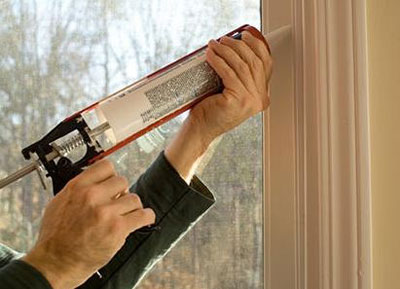
Walls, windows, doors and the roof all help retain energy within your home. And all are susceptible to leaking energy. In this section we list three home improvement projects that address gaps in the home.
In our ‘Major Renovations” section below, there are two more. Tips like caulking windows and weather stripping doors are items you can do do it yourself style.
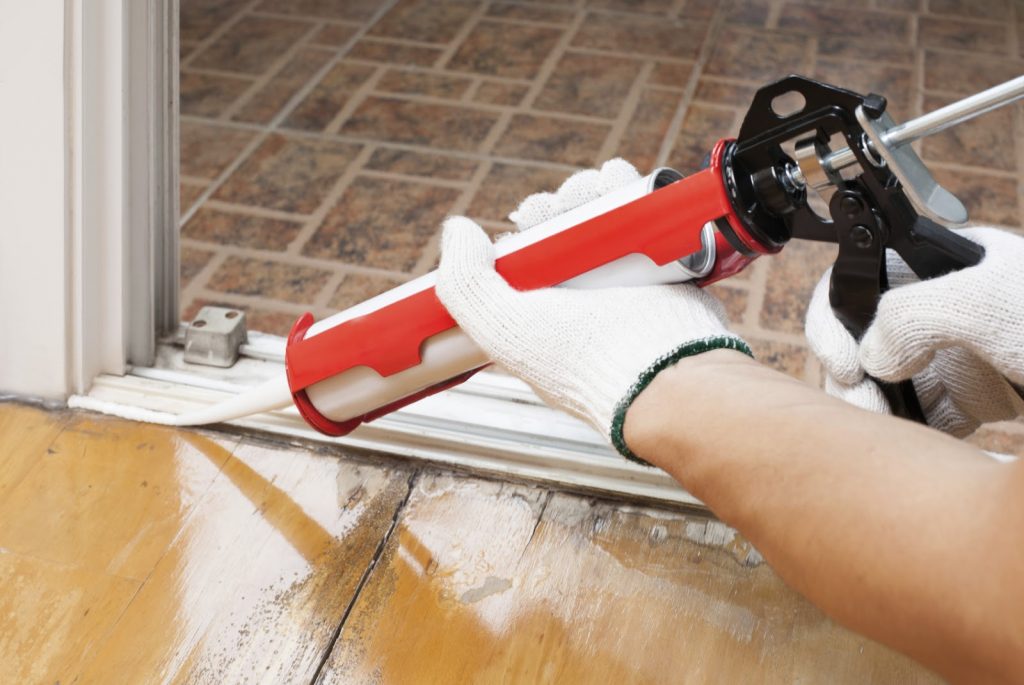
Bundle Up with Insulation
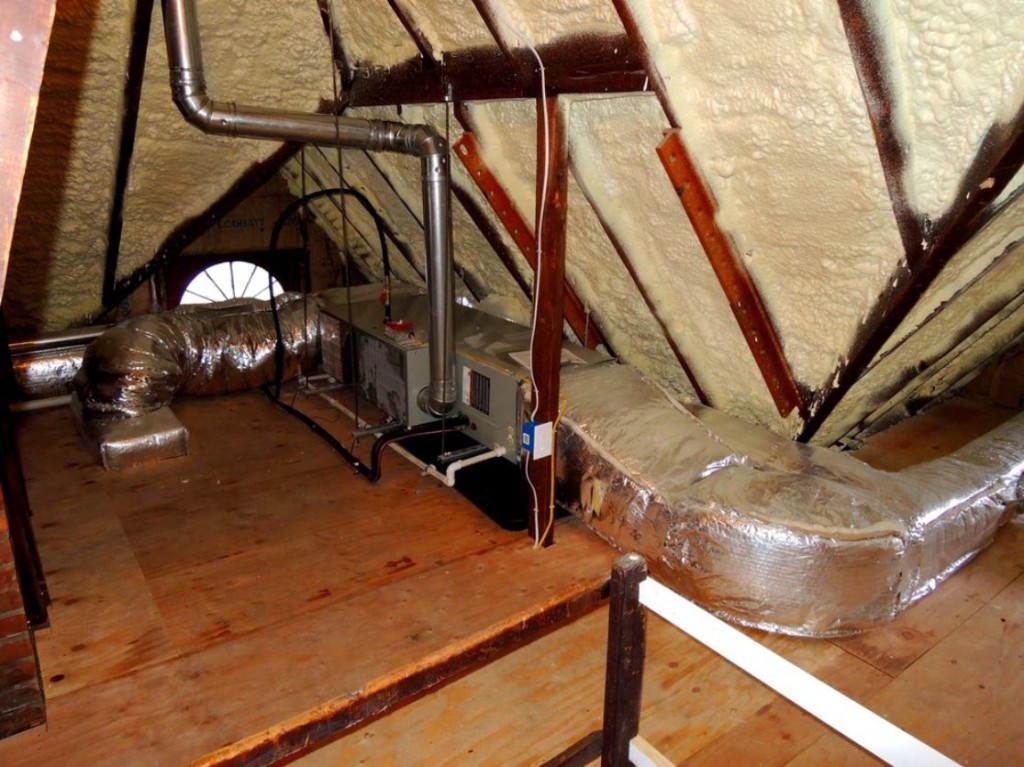
The best plan of action to improve the envelope is to insulate. This entails adding layers of fiberglass foam material to walls and attic space. The R-value, or resistance to air flow, is key.
Standards are often determined by region/climate. Really, the only cons are under insulating and lack of curb appeal. Home buyers rely on an inspector to clue them into possible trouble spots. Your mission, should you choose to accept it, is to eliminate those troubled spots.
While insulation wears out over time, it just means adding more to it, rather than replacing it. Because insulation has built in longevity, the return on investment (ROI) is generally 100%, and as high as 120% is possible.
For attic insulation, the average cost is between $1,500 and $2,500 for a typical attic. For insulating walls, the cost is generally under a $1.50 to $2.50 per sq.ft. and chances are your house already has some if not all of what it needs. What it doesn’t have, can typically be added for under $2,500 for an average sized (2500 sq. ft.) home.
Window Replacement
Windows provide a view of the world outside, but are notoriously bad in how (heat) energy escapes your home. Were it not for well designed windows, these holes in our walls would exceed the 25% energy loss they achieve annually.
When it comes to replacement windows, we suggest double-pane, vinyl trim windows. Look for Low-E glass, as this keeps your home cooler in summer and warmer in winter, maximizing efficiency. Vinyl is low maintenance and color is baked into the trim, never needing repainting. A drawback, though rare, is vinyl can melt under extreme heat.
Window replacement generally costs between $650 to $1,000 per window, depending on the brand, material, size, and local real estate market. The more you replace, the lower the rate. Average cost for replacing 5 to 10 windows is about $8,500.
Strategically, due to bulk rates, this is a project best done by replacing all windows at once. Windows last 15+ years, so the ROI is very good, around 70%. For many home buyers, knowing windows are energy efficient and less than 10 years old is a significant benefit.
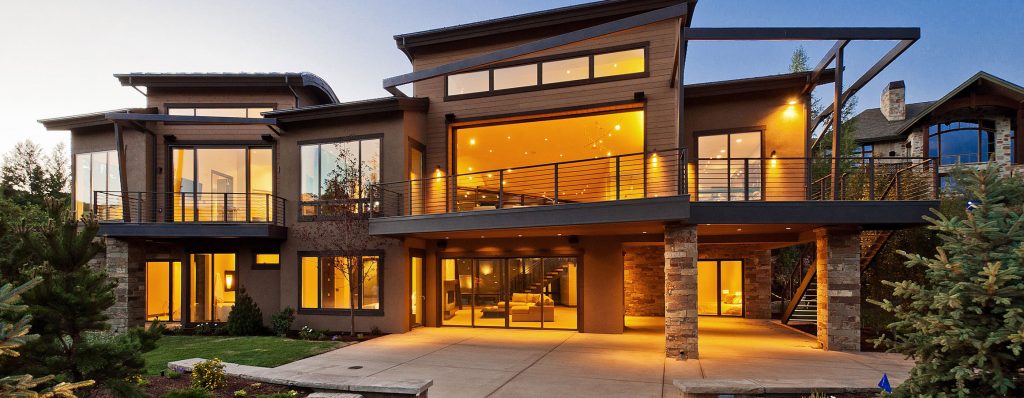
Entry Door Replacement
Door replacement scores high on ROI and curb appeal. Typically a home has 2 to 3 entry ways, and like windows, heat can escape through gaps around these openings, even if the door is closed.
Today’s doors use highly durable materials, with a magnetic strip, eliminating any need for weatherstripping. We suggest a steel EnergyStar rated door, installed by a professional. Steel doors are less expensive than wood or fiberglass, with solid durability, and hence, longevity.
The common alternatives are fiberglass (slightly more cost, similar durability) and wood. Wood can knick easier and may need repainting every few years, but wood has natural beauty. Today’s steel and fiberglass doors can mimic wood’s beauty, and look equally majestic.
A steel door replacement normally runs between $1,500 and $2,500 for materials and installation. Costs go up if the frame is in need of repair. Because the curb appeal for a new door is so high, the recommended strategy is if looking to recoup value, then replace that door. If looking to maximize efficiency, then consider all entry ways. The ROI is between 75 and 90 percent.
Upgrade the Tech
Currently in your home there are devices and electronics using, or draining, energy. And there is other technology you could add to supplement or even replace resources to increase efficiency. ROI here is more about you recouping the value for the initial costs. Yet, if energy efficiency is your goal, these are all items to consider during the journey.
Kitchen and Utility Room Appliances

A kitchen renovation is a popular home improvement project, but it can be very expensive. An update is substantially less.
Major appliances like stoves, refrigerators, and laundry machines all take substantial power to operate. If more than 10 years old, chances are they run less efficiently compared to today’s models. All types of home electronics and appliances now carry the EnergyStar label.
The strategy here is easier than other items. You know if you need an upgrade to any existing appliance and a piece-meal approach will work. Ideally you replace all the older devices and appliances in your home with the modern, more energy efficient models, but that’s a large expense, and in some cases unnecessary.
Savings with all energy efficiency devices are typically 30% annually, but this depends on what came before it. Your 8 year old refrigerator may not be optimal, but chances are it’s still good, and isn’t a significant drain.
Bathroom fixtures and faucet upgrades

Water isn’t necessarily expensive, but over time it adds up. Toilets, shower heads and faucets that are all low-flow, contribute to the balance of increased energy efficiency. Unlike appliances, the strategic consideration here is to address all items as part of a bathroom upgrade.
A mild renovation that seeks to upgrade fixtures and perhaps redo or improve a portion of the bathroom (i.e. updated tiling) would be a great investment. With a major renovation like adding another bathroom, you can expect a semi decent ROI (55%), though you can likely enjoy 100% satisfaction from such an improvement.
The key here is to move to all low flow, enjoy the cost savings, and know you are contributing to less need for (water) energy. Add in solar water heater (see the next item) and the efficiency only gets better.
Go Solar

PV solar power systems are growing in popularity. Many homes today augment or even replace their electrical energy with solar panels, installed on their roof. The pros are obvious, lower energy bills, using less fossil fuels, tapping into renewable energy, and in some states enjoy tax benefits.
However, installing solar panels to cover most of your electrical needs can easily cost five figures. To recoup that value yourself can take a decade, though it really depends on the typical climate in where you live.
Alternatively, you can lease the panels, so you’re not financially responsible for the initial costs. This works well if you’re certain you’ll be in the same home for 15+ years, but is a con or burden if selling the house.
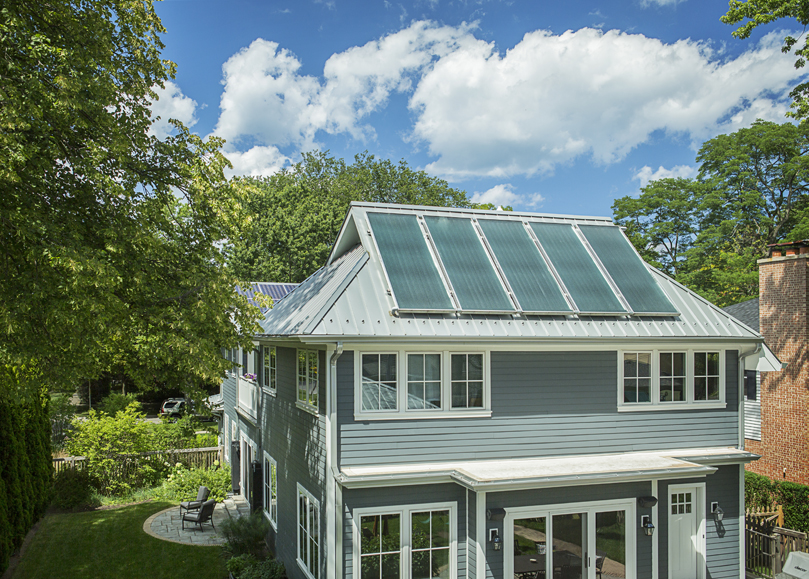
Another key consideration is running specific appliances by solar. The current rave is solar water heaters. Because the costs upfront are lower and the benefits more specific, the ROI is significantly better. On average, a solar water heater costs between$3,500 and $10,000 to install, depending the system type (passive vs. active) before the federal solar tax credits.
- Passive solar hot water systems designed for warm and temperate climates, cost between $3,500 and $6,500 to install.
- Active solar water heaters designed for moderate and cold climates, tend to cost between $7,500 and $10,000+ to install.
The prices given above are before the 26% federal solar investment tax credit, which applies to the total cost of a qualified system.
Solar water heater investment value can often be recouped within two years. This assumes you are using a passive solar heat, whereas active solar heating systems are 2 to 3 times more expensive (and more effective) but they take longer to recoup the initial cost of investment.
Wind Generator
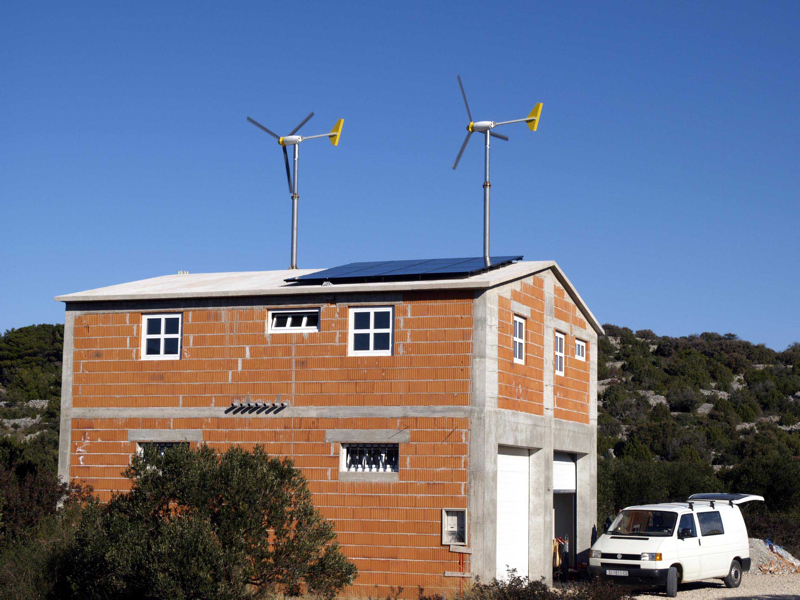
The basic concept of wind turbines is to utilize the renewable energy that wind offers. Wind generators use the same concept, at a smaller scale. The smaller the scale, the less energy is being produced and more affordable it is.
Wind energy can be used on or off the grid, where the energy is stored for later use, via batteries. A wind generator, for home-use starts around $550 and offsets electrical usage by 10 to 15%. Small turbines for residential use are possible, but very expensive (tens of thousands of dollars). Those can take over up to 90% of electrical needs, but recouping the initial cost takes decades.
The strategy here is to use wind generators as a supplement to primary devices. Those looking to reduce their reliance on the grid, would likely seek solar power first before putting their eggs in the wind generator basket.
Rain Water Collection System
You wish it would rain money? A collection barrel on your property fulfills that wish. You probably won’t drink or bathe with this water, but common uses include refilling toilets, watering plants/lawn, washing the car, etc.
Basically, rain falls on your roof and a downspout is tapped which channels into the collection source. You can do-it-yourself or purchase kits to make it easier to implement. Barrels, how they store and dispense water can be had for cheap ($200-$500) or fairly expensive (hundreds and up).
Strategy-wise, you must realize the upfront cost and balance that with what you currently spend. Spending less than $3,500 for the initial set up, to save on some usage makes sense. The known drawbacks: you need to guard against the wrong things dripping in, rain isn’t predictable and your limited by the storage container you select. Given the focus on energy efficiency and the multiple uses, the pros outweigh the cons.
Home Automation / Programmable Thermostat

Programmable thermostats manage heating and cooling energy for when you are most likely to benefit from the specific temperatures. Recently, the trend is smart thermostats using mobile apps to remotely adjust programming depending on your schedule away from home. Smart technology can also use feedback sensors to adjust settings, based on what the home environment actually needs at any moment.
Home automation is that plus most other electronics. So lights turn on (but dim) if you aren’t home. Locks and security can work through this system, as well as ovens (think preheating), sprinklers, and more. It may seem a bit sci-fi, but our world today is doing such things for many people.
A programmable thermostat costs under $150 and can save you $350 in the first year. Smart programming is still in its infancy. The average cost this year for going with full house automation is around $1,500, and the known drawbacks are there are different kits for different purposes (one kit for thermostat, another for lighting, etc.), plus such technology is prone to cyber attacks and may be triggered by other electronic signals.
Major Renovations and Home Building
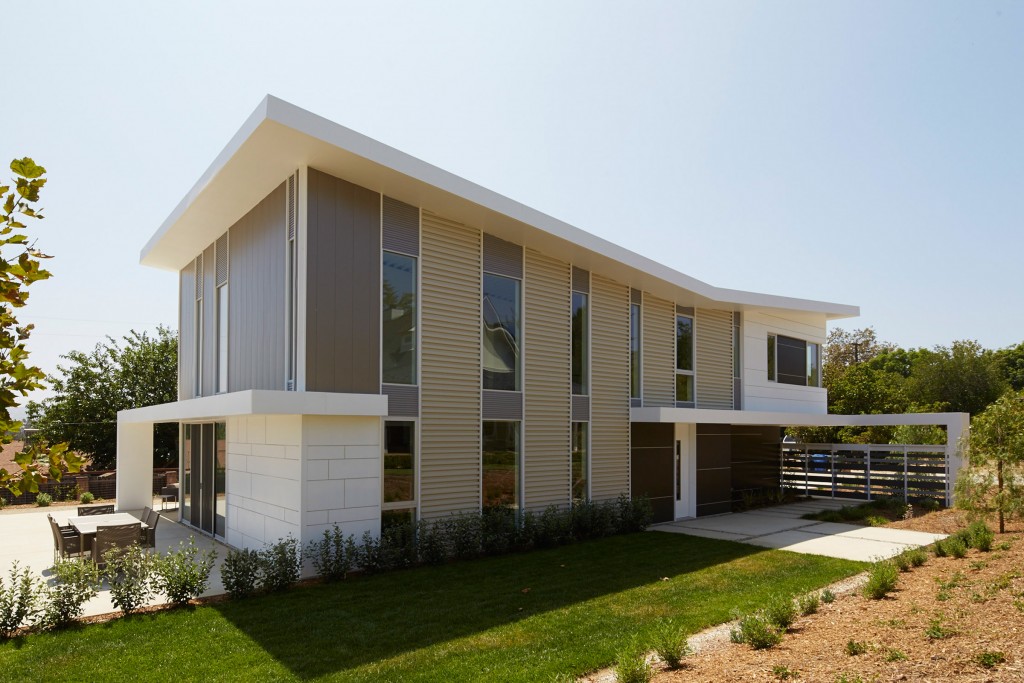
Our final selection addresses the larger items you may wish to undertake to achieve even greater efficiency. Though these projects aren’t focused solely on that. Yet to leave them off the list would be missing out on viable ways to implement a green strategy. Remember, green living is smart living.
New Roof
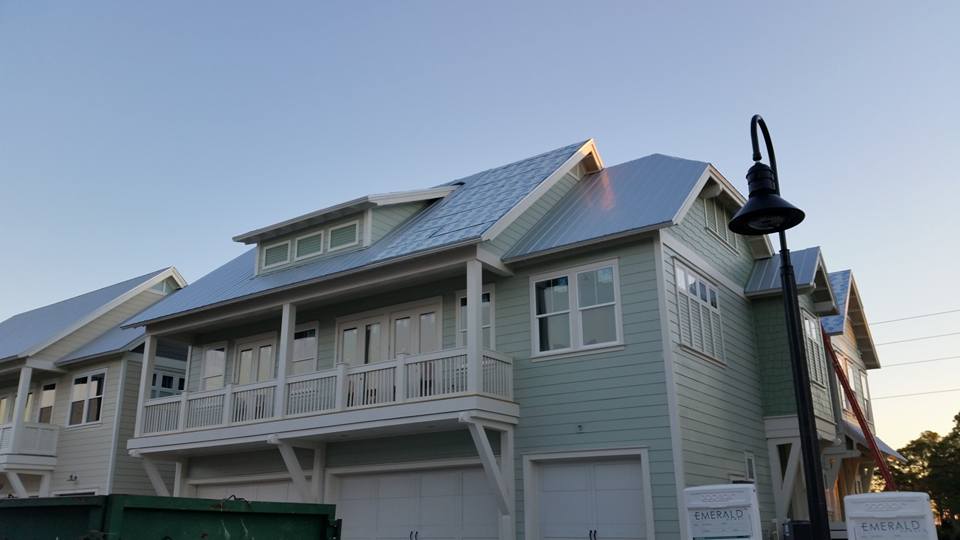
This project deals with the upper portion of the thermal envelop. Our advice: go with a metal roof. The main drawback is expense. Asphalt roofing can be done for $12,000 or less on an average house, while metal roofing is at least $19,000 and averages closer to $35,000. Yet, the benefits for metal roofing are significant.
Colors are baked into the material and they fade uniformly. Plus, a metal roof lasts 50+ years and is low maintenance. Metal is also a prime material for cool roofs.
Cool roofs can be had with coat of paint or reflective pigments, which even asphalt shingles can do. A CoolRoof rated roof will keep the home cooler during warm months, by reflecting solar radiant heat.
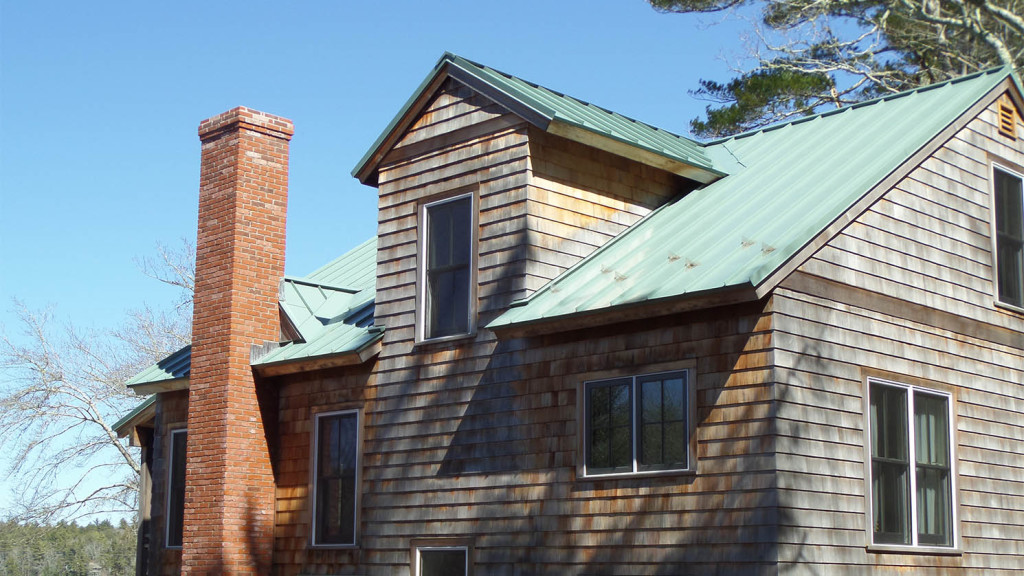
Metal roofs are environment friendly. Other materials will either rot over time (like wood) or are not readily recyclable, asphalt is among the worst culprits for landfills.
If you do the math, you could spend $36,000-$50,000 on 50 years of asphalt roofing (cumulative lifespan, assuming 3 replacements) or $30,000 for 50 years of metal roofing with no replacements. This assumes rates today for roof installation will be the same decades from now, so likely asphalt shingles cost more. Regardless of the roof type, the ROI is great, returning a good 95% of the value, when the home is sold.
New Siding
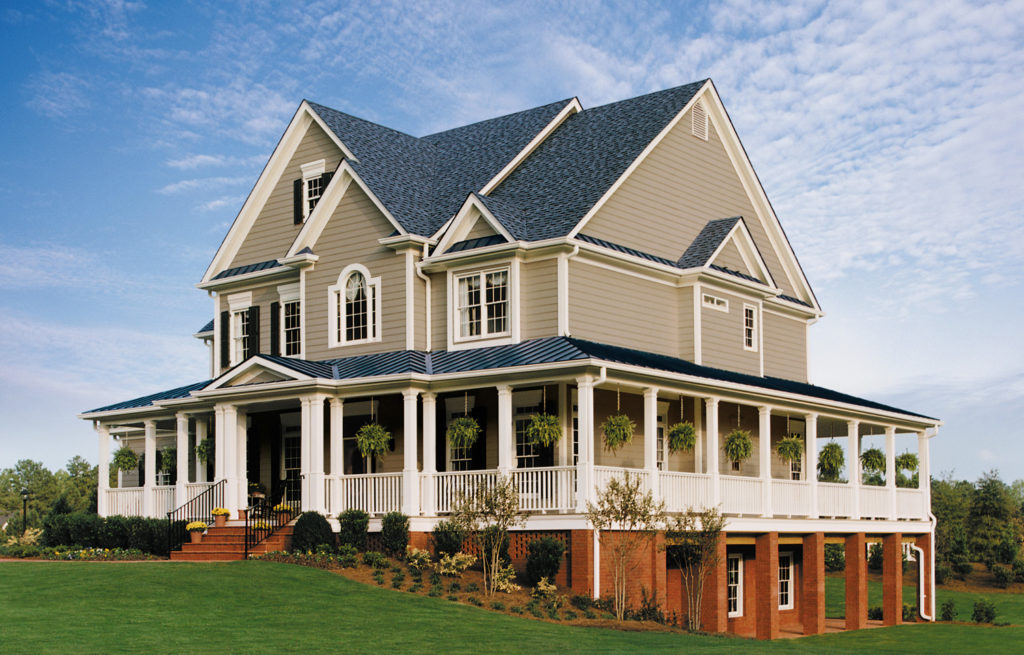
Regardless of material, the cost for new siding is usually going to be at least $10,000, and upwards of $30,000. The good news is you can plan on recouping 80% of that at time of sale and the curb appeal is arguably top notch as it covers the home’s exterior. Wood, stone veneer and fiber cement are popular siding options.
All have great beauty, and provide varying levels of longevity. With siding, the R-value again comes into play, and all of these are actually not so good. Vinyl siding is the most affordable, is very low maintenance and with a foam-backed material the R-value is around 3 to 10 times the other options.
Assuming the current siding is stripped before the new layer is added, the cost per sq.ft. is $8.50 to $15.50. The lower price is for non-foam material, in which case the R-value matches the other materials (i.e. fiber cement). The average overall cost is between $17,000 to $31,000 for 2,000 square feet of siding on a medium sized home.
If there is a detached garage, add about $3,500-$6,500 to that. Vinyl tends to last at least 40 years before it fades or needs replacement. The cons for going with vinyl are few. On rare occasions it may melt due to reflective sunlight from neighboring windows.
The other con is it’s beauty is generally considered less than the other available options. The expected ROI for relatively new vinyl siding is 83%, which is higher than fiber cement (at 79%).
Landscaping
Sometimes to create energy efficiency within your home, you have to think outside the box. Landscaping improvements get about as green as you can on our list and provides natural beauty galore.
Windows facing south routinely receive the most sunlight which means more heat entering during warm months. Therefore trees can provide shade on that side of your home, if strategically placed.
Evergreen trees and tall shrubs act as wind breakers. A stone or natural wall (berm) does similar thing and can work in combination to the foliage. The key is to find a landscaper who knows their job and can help do the work of energy efficiency while adding to curb appeal.
Costs vary by plant, how they are planted and your region. But the ROI is great. At least 75% with a high end as much as 150%. While that’s a broad range, we all know a well landscaped property from a sparse or oddly populated property.
Underground Dwellings (and Going Off The Grid)
Going off the grid can mean a few things. Here, we refer to the power grid funneling energy into homes in a systematic way. Going completely off grid would be cutting the cord to all power lines and finding self sufficient ways to enjoy a moderately comfortable life.
With underground dwellings, the goal isn’t usually to go completely off the grid, though some do. Anyone that has a livable or finished basement, technically has an underground dwelling. Yet, there are homes that are completely underground, which can easily mean less reliance on grid services.
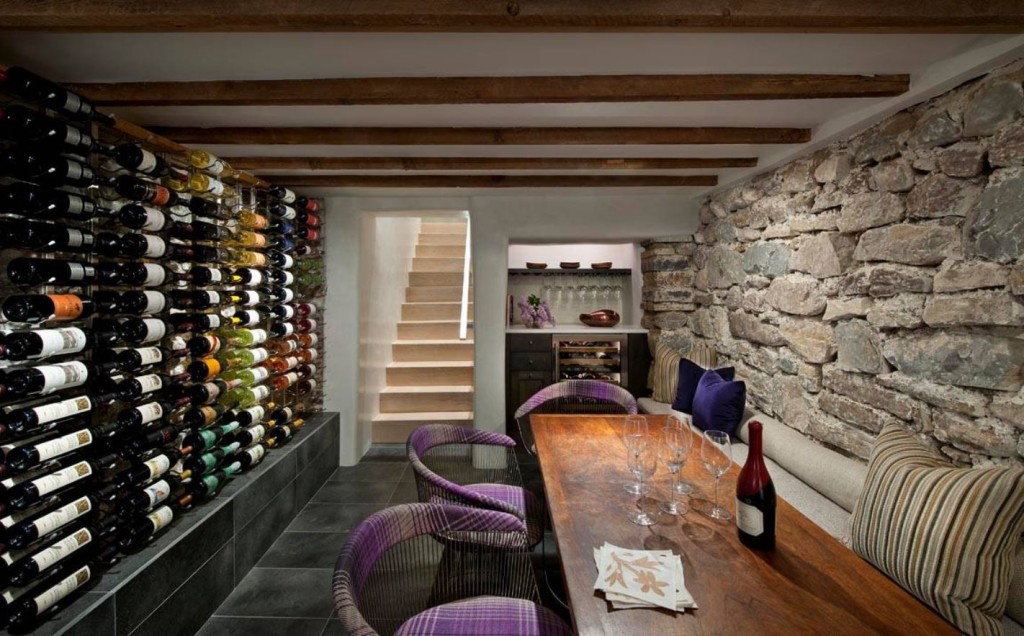
Because walls are not exposed to the weather and the ground is providing very substantial insulation, not only are your energy needs lessened (for heat and cooling), but your maintenance is either eliminated or greatly reduced. Construction of underground homes comes with added costs, or about 25% more, per sq.ft. than above ground dwellings.
The obvious cons are curb appeal is no longer applicable. Plus, this is not a home for even modest social types. But the pros for energy efficiency are substantial and is something to consider if being green and more self sufficient appeals to you.
Building A Tiny House
If getting the most out of energy efficiency is your primary goal, then another strategy to consider is building a new home. Building a tiny home is arguably the best you can do towards using energy within your dwelling space for maximal efficiency. The logic, of course, being there is less overall space to heat/cool, and perhaps less resources (appliances or fixtures) needed in the limited space.
Average home size in America is around 2,500 sq.ft. Some homeowners think their homes are too big, or some space is actually wasted. Thus a tiny home is the alternative. It is probably the most energy efficient, though that has to do with building design.
The cons for going this route are obvious and not so obvious. Obvious is that tiny homes may be for some too cramped or not a place to entertain guests. The less obvious con is that the cost per square foot to build a tiny home is actually more expensive, as the construction is atypical.
So say an average or typical home costs $150 per sq.ft. to build, a tiny home (say 800 sq.ft.) may be around $150-$200 per sq.ft. Yet, this isn’t a strong con as the math works out to be $300,000+ (for the typical home) vs. $120,000 for the tiny home. Realistically, 800 is on the large size for what might be a truly tiny home (think as low as 400 sq.ft.).
Homes that are a Real Steel
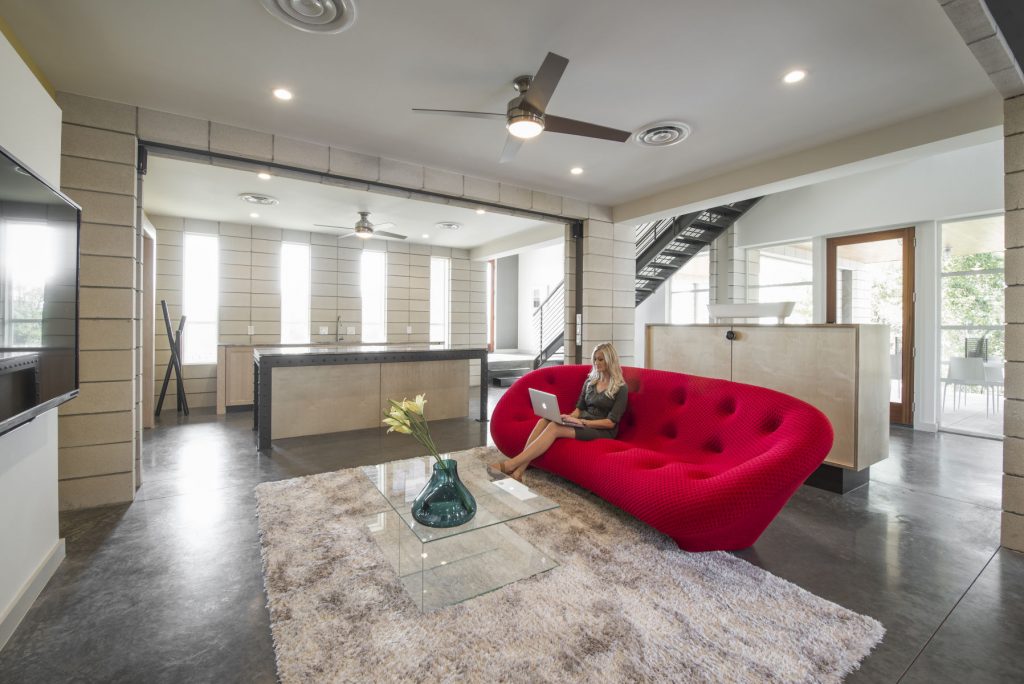
Our last idea is the intermodal Steel Building. These may be pre-fab dwellings or steel shipping containers previously used for other purposes. Units come in 20 or 40 feet lengths. Handyman expertise can transform steel containers into a livable space. Construction costs go way down; $100,000 to maybe $350,000 on the high end.
Like a tiny house, these spaces need less energy to heat/cool, and are extremely low maintenance. Being atypical, they aren’t going to appeal to many home buyers. The flip side – who says you are limited to just one? Stacking them means they can be crafted to appear like a traditional home. Unlike wood, these walls won’t have leaks during their life cycle, which is a long time (at least 75 years).
Being so unusual, there isn’t ROI info. Yet, take a look at google images and you’ll likely see these are not the simplistic, crude dwellings you may be imagining.
What kind of Home Energy Efficiency Upgrade are you entertaining for the near future?
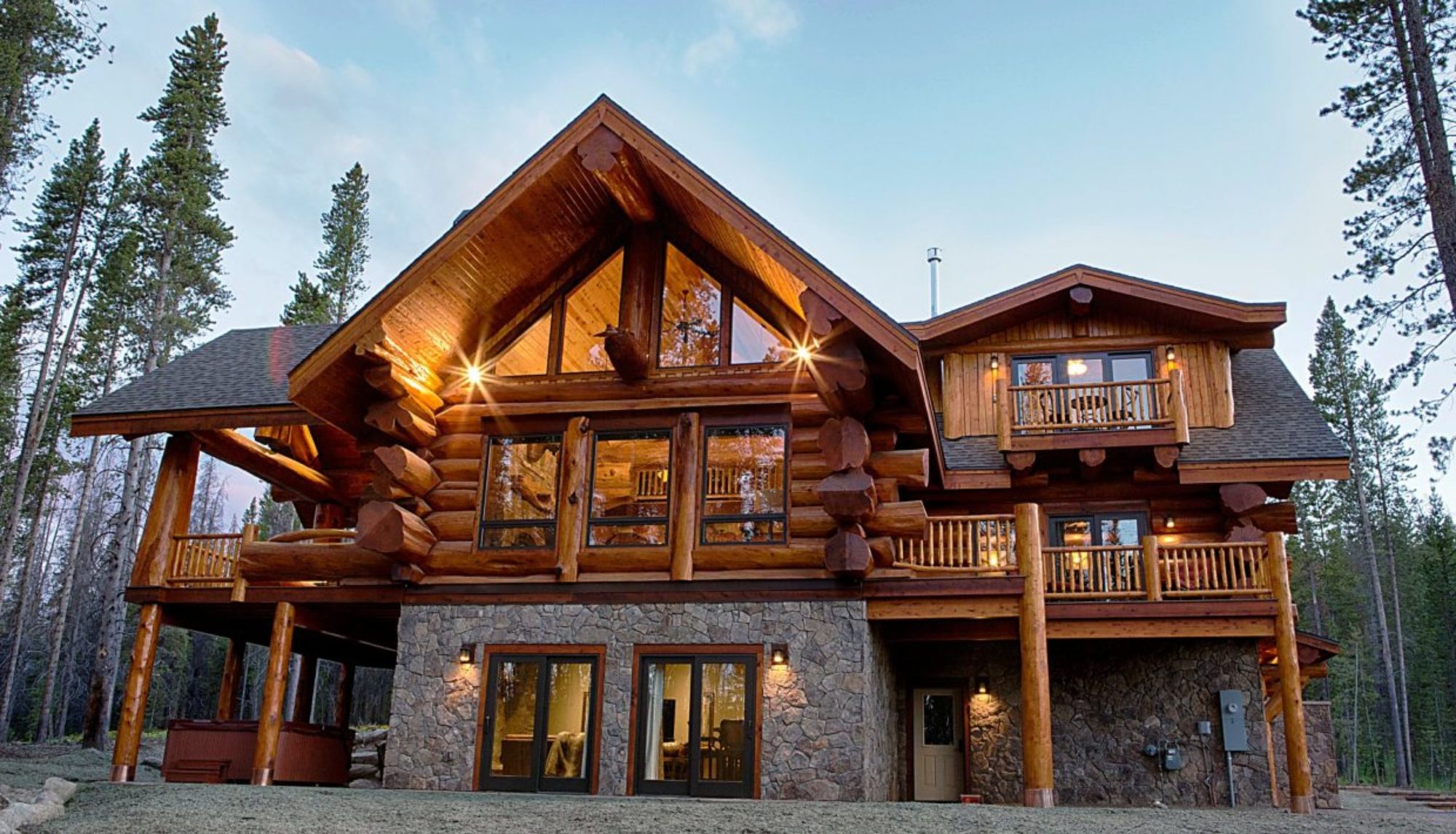

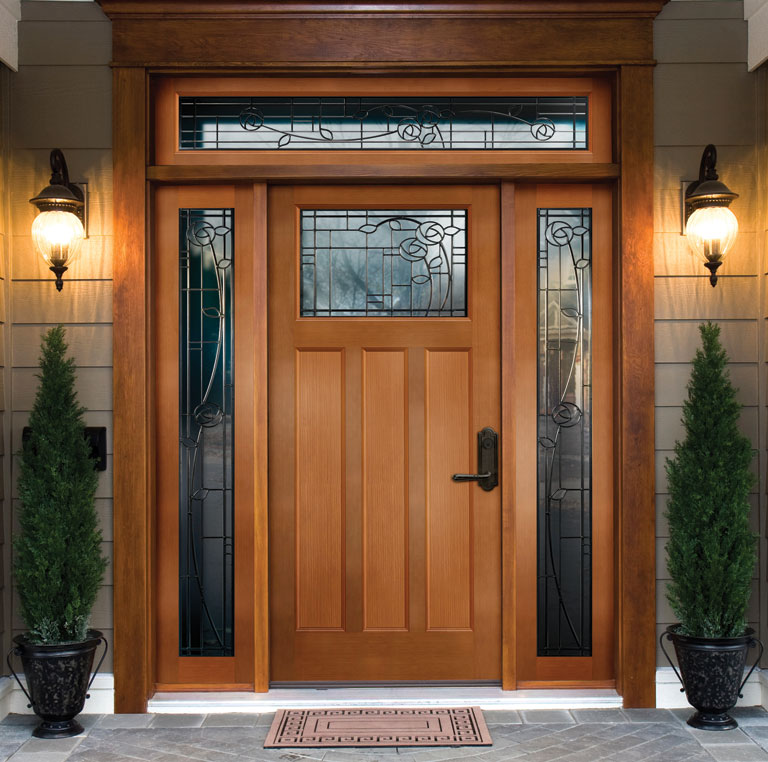
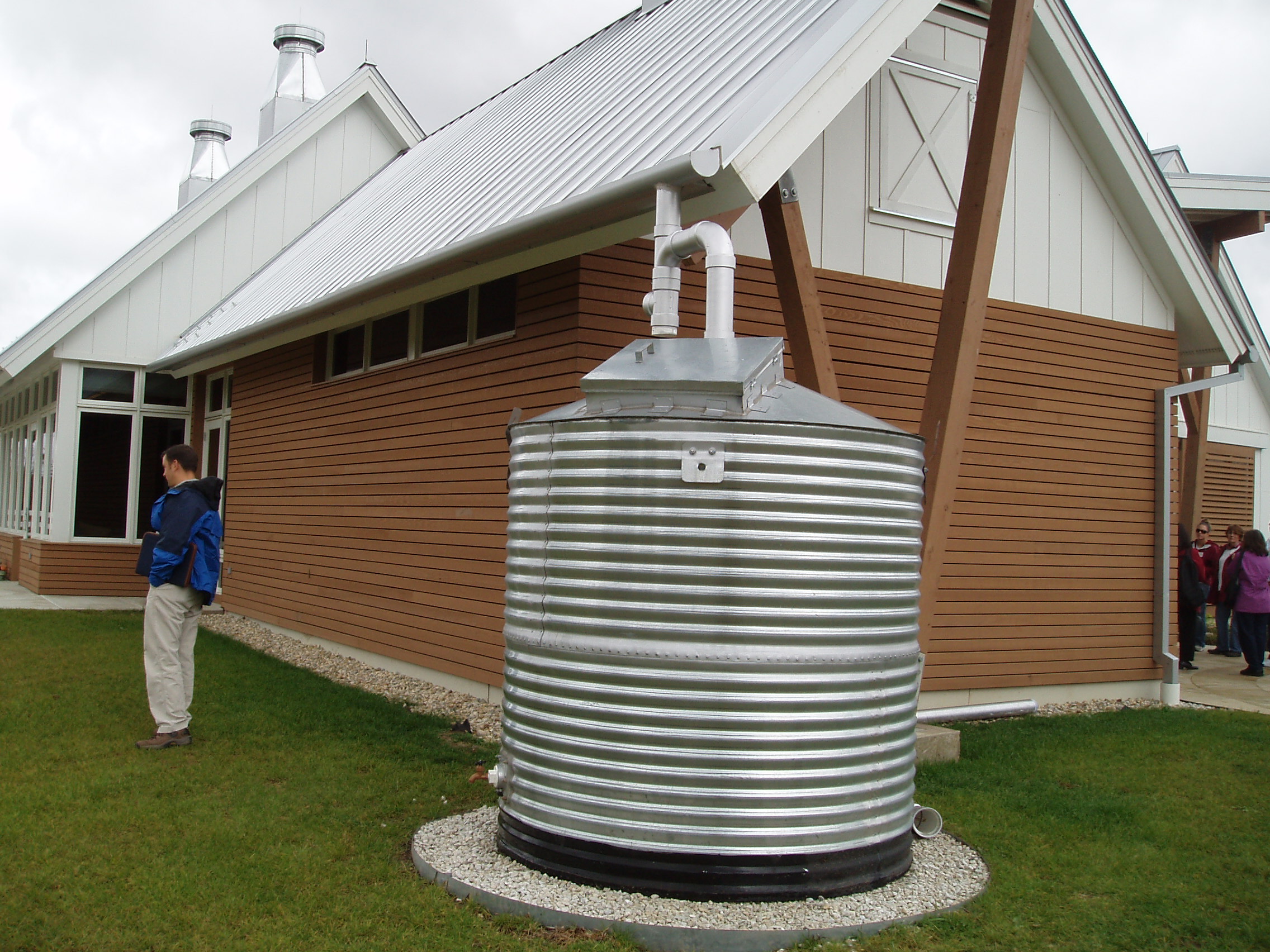
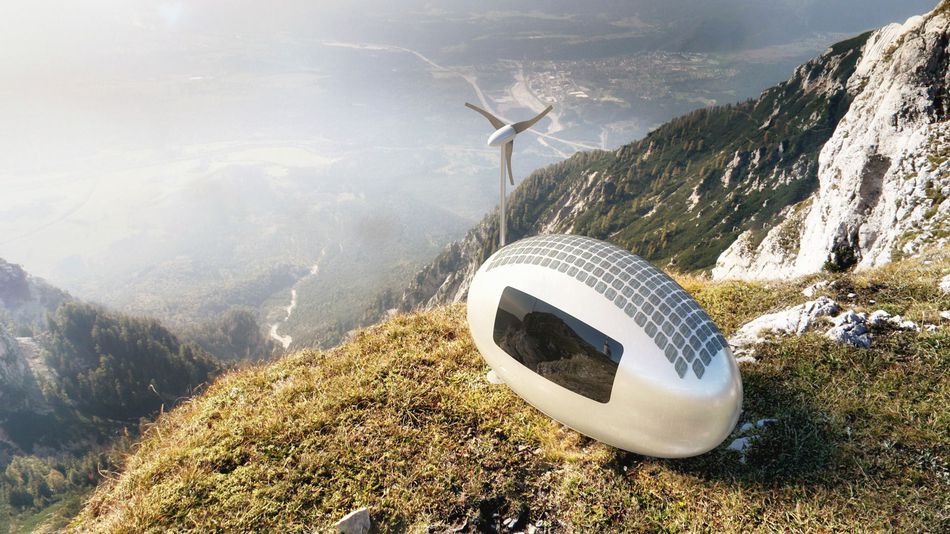
I own a BPI Accredited Home Performance with Energy Star company in upstate New York. Every year my company performs more than 1000 home energy audits. I do agree with your suggestion of having a home energy audit, and the importance of adding air-sealing measures and new insulation, as most homes that my company inspects are very leaky and under-insulated.
I must highly express my disagreement with your estimated costs of having additional insulation added to a homes attic or walls… see, the actual task of adding insulation is the easy part, its the prep work involved to perform that treatment that is so involving, that makes your estimated costs so ghastly underestimated. The true fact is… most attic insulation projects take 3 to 4 days to complete, because often the attic is under-ventilated, has a bath fan not properly ventilated to the outside, and there can be a variety of other variables to also take into consideration, which exhaust labor and materials to properly refurbished the attic.
My company follows behind supposed professionals and diy-ers efforts daily, whom after having new insulation installed, still have high utility bills, comfort related concerns, and moisture related problems in the attic- all equaling the perfect storm for mold and ice damming. Typically speaking… the average cost of overhauling the lid of your home (the attic), is around $5.00 per square foot of surface area. For the home owner focused only on ROI, sometimes it may not make sense, but… for those home owners that value comfort and protecting the durability of their home- I can tell you that it makes for a good investment. Furthermore… the building science theory will always tell you to that air-sealing and insulating high and low (the attic and the basement), will give you the greatest energy savings and comfort improvement.
So the most popular second area of focus is always to attack air-sealing and insulation at the basement or crawlspace areas of the home- the theory is… for every pound of air to ruse and leave through the lid of the home (aka: the stack affect), it requires a new pound of air to enter into the home to replace it at the most opposite end of the home structure- the basement. In the basement the best home energy upgrade to do is air-seal and insulate the basement rim-joist cavities with a product called two part spray foam. This treatment will cost you approximately $15.00 per running foot of rim joist area. As for adding insulation to walls… $1.00 per square foot only covers the materials- unless you are hiring some non-for profit company that is donating their time.
Realistically, there are a lot of variables that a credible insulation contractor must consider when insulating an exterior wall. Which is typically called a drill and fill approach.
Wall insulation can be very invasive, and is very labor intensive. Most homes that we add insulation to are of 1960’s construction or older. These homes are not easy to work with because most commonly we can be dealing with lead based paint, and asbestos siding. Not knowing which the home may have can get a contractor a very big fine by the EPA, also accompanied by a lawsuit. That said, a trained and experienced eye, and company are by far the most important things to consider. The next thing is… what type of insulation material- dense packed cellulose, poly-iso injection foam, or what my company installs… AIRKRETE Eco-friendly injection foam. That said… the all require the same amount of labor to perform, and the prices vary based on each homes environmental conditions. Typically speaking… the basic installation cost for a single story home is again about $5.00 per square foot. One must understand that it can take a day or two to just prepare the home for the new wall insulation… and a total of 3 to 4 days to perform.
At the end of the day… these prices may make you scratch your head, but, the knowledge and expertise by hiring the true professional, that understands cause and effect, costs money…. the alternative is to do it yourself or higher an untrained professional- which commonly results in a much inferior result. I highly suggest home owners do their due diligence. As working in attic is very unsafe as well as unhealthy. Be well and stay warm this winter!
I would like to give a slight word of warning about loft or attic insulation. Make absolutely sure that whoever does it, or if doing it yourself, you get advice on ensuring adequate ventilation is preserved, after insulating.
5 years ago we moved into what we thought was a well insulated loft, and so it was. We bought it in the summer and never noticed the wet loft. But, after 3 years we realized the loft timbers were sopping wet all winter and this must have been going on for years before we bought the house.
Our neighbor’s and friend’s son who is a roofing contractor, took a look at it and he found the roof was rotten. The was no fresh air getting in and the wetness just built-up.
We recently had a successful repair with re-insulation, done. But, it cost us $10,000 and the whole roof had to be removed and rebuilt.